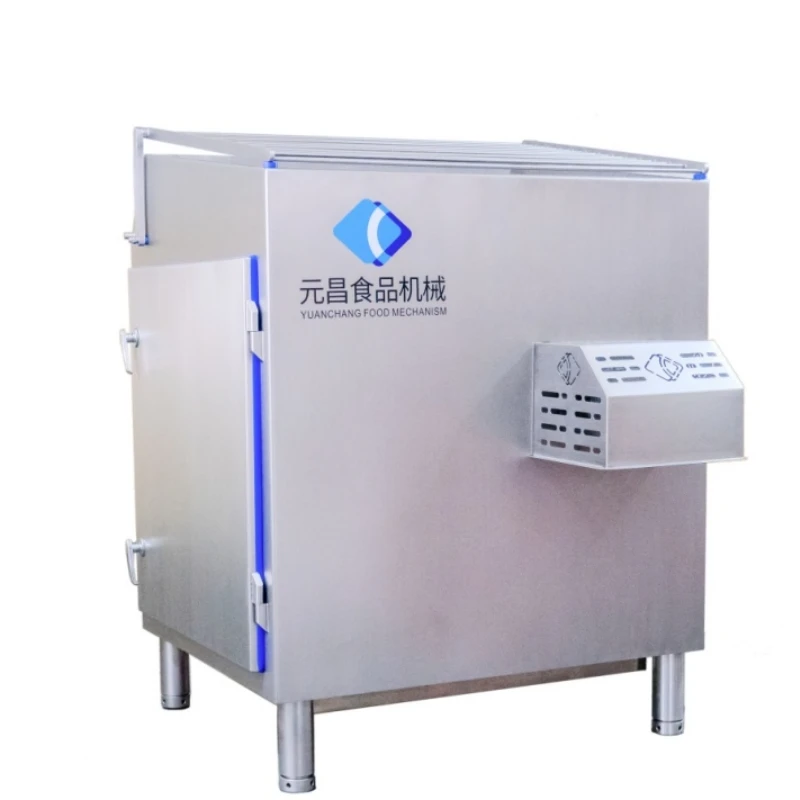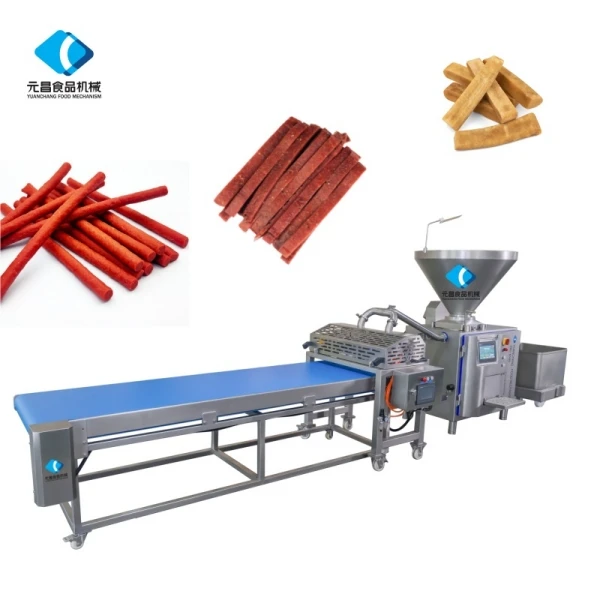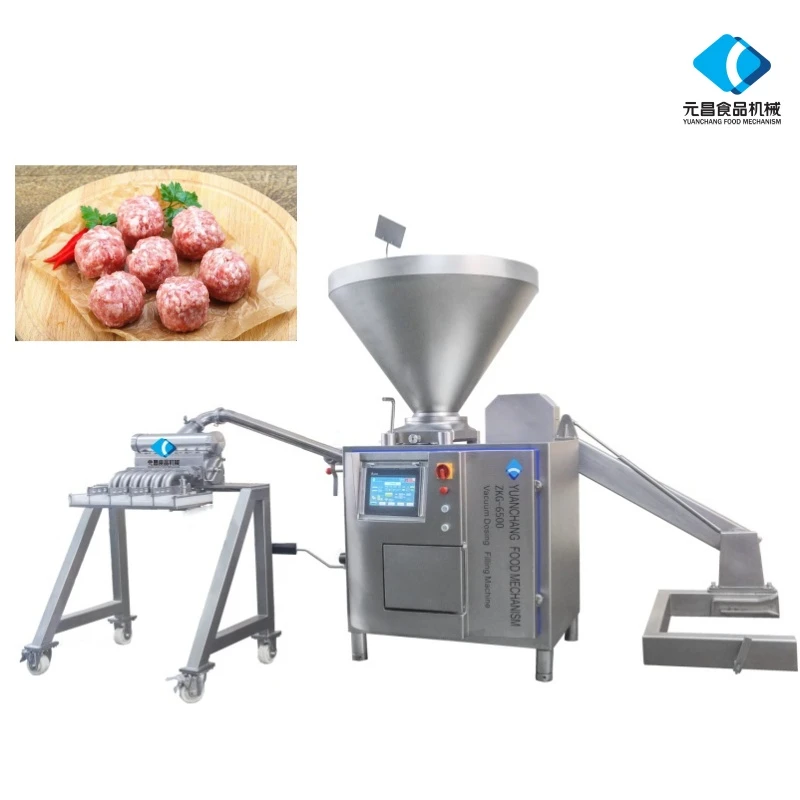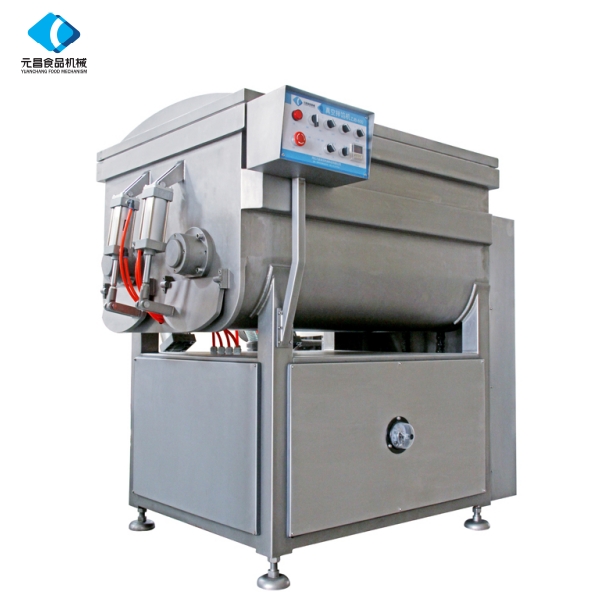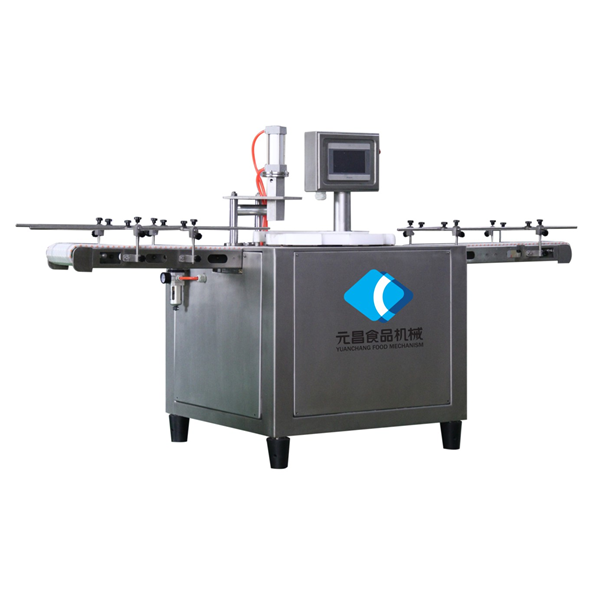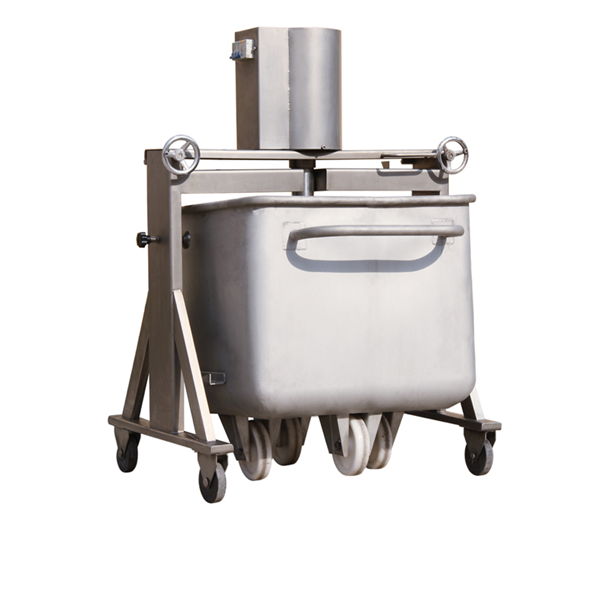High-Efficiency Smoke House Machine & Industrial Smokehouse Equipment
Introduction to Advanced Industrial Smoking Solutions
In the modern food processing industry, the demand for high-quality, consistently flavored, and safely processed smoked products has never been higher. From traditional meat curing to innovative plant-based applications, the role of sophisticated smoking technology is paramount. An advanced smoke house machine is not merely an oven; it is a complex system engineered for precise control over temperature, humidity, smoke density, and airflow, ensuring optimal product quality and operational efficiency.
The industry is currently experiencing significant trends driven by consumer preferences for natural ingredients, sustainable practices, and increased automation to reduce labor costs and enhance safety. These trends push manufacturers to invest in cutting-edge industrial smokehouse equipment that offers unparalleled control and versatility. Processors are looking for solutions that can handle diverse product lines, minimize energy consumption, and comply with increasingly stringent global food safety standards. The ability to achieve consistent color, texture, and flavor profiles across large batches is a critical factor for market leadership.
Manufacturing Process Flow of a High-Performance Smokehouse
The development and manufacturing of a sophisticated smoke house machine involve a multi-stage process, ensuring durability, efficiency, and adherence to food-grade standards. This meticulous approach guarantees a long service life and robust performance in demanding industrial environments.
Key Stages in Production:
- Design and Engineering: Initial conceptualization involves advanced CAD/CAM software to optimize chamber design, airflow patterns, heating element placement, and smoke generation systems. This stage also considers ergonomic aspects for maintenance and cleaning.
- Material Sourcing and Preparation: High-grade stainless steel (typically AISI 304 or 316L for enhanced corrosion resistance, especially in brine-heavy environments) is selected for all food-contact surfaces and structural components. These materials undergo precise laser cutting and bending to form the core structure.
- Fabrication and Welding: Precision welding techniques, such as TIG welding, are employed to ensure robust, crevice-free joints that prevent bacterial accumulation and facilitate easy sanitation. All welding adheres to hygienic design principles.
- Insulation and Cladding: High-density thermal insulation materials are integrated into the double-walled structure to minimize heat loss, improve energy efficiency, and maintain consistent internal temperatures. External cladding is also typically stainless steel for durability and aesthetics.
- Component Integration: This involves installing critical subsystems: electric heating elements (or steam/gas heat exchangers), high-efficiency circulation fans, smoke generators (friction, glowing chip, or liquid smoke systems), humidification systems, and advanced PLC-based control panels with HMI interfaces.
- Testing and Quality Assurance: Every unit undergoes rigorous functional testing, including temperature uniformity mapping, smoke distribution analysis, control system calibration, and leak detection. These tests conform to international standards such as ISO 9001 for quality management and often specific food safety regulations like HACCP guidelines. Performance validation includes assessing energy consumption and processing cycle times.
- Finishing and Documentation: The final stage involves thorough cleaning, surface passivation for enhanced corrosion resistance, and comprehensive documentation for operation, maintenance, and spare parts.
Target industries for these sophisticated smokehouse equipment include large-scale meat processing plants, poultry processors, seafood operations, dairy product manufacturers (smoked cheeses), and even pet food production. The emphasis on energy saving through superior insulation and optimized heating, coupled with the exceptional corrosion resistance of the chosen materials, provides a significant advantage in typical application scenarios.
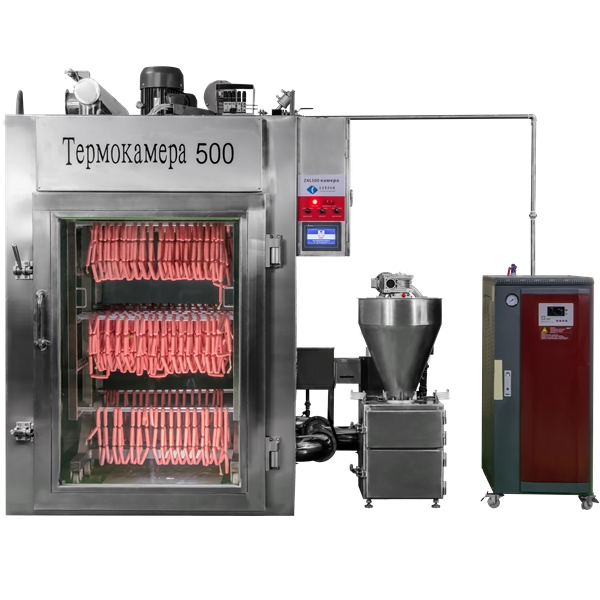
Technical Specifications of the Smoking House ZXL Series
The Smoking House ZXL represents a pinnacle in industrial smokehouse technology, designed for robust performance and precise process control. Its modular design allows for scalability, making it suitable for a wide range of production capacities. Key features include an intuitive Human-Machine Interface (HMI), multi-segment processing capabilities (drying, smoking, cooking, showering), and advanced safety interlocks.
Smoking House ZXL Key Parameters:
These technical specifications underscore the commitment to precision engineering and operational excellence. The robust design and advanced control features position the Smoking House ZXL as a leading choice for producers seeking reliable and efficient smoke house equipment.
Application Scenarios and Industry Case Studies
The versatility of an advanced smoke house machine like the Smoking House ZXL allows for its deployment across a broad spectrum of food processing applications. Its capability to precisely manage smoking, drying, and cooking cycles is crucial for developing diverse products with consistent quality.
Typical Application Areas:
- Meat Products: Processing sausages, bacon, ham, jerky, and smoked poultry. Achieving desired color, texture, and flavor profiles is critical here.
- Fish and Seafood: Cold and hot smoking of salmon, trout, mackerel, and various other seafood items, enhancing shelf life and taste.
- Cheese and Dairy: Imparting unique smoky flavors to cheeses, which requires precise temperature and smoke control to prevent melting or undesirable textures.
- Vegetarian/Vegan Products: Smoking plant-based sausages, tofu, and other meat alternatives to mimic traditional flavors and textures.
- Pet Food: Adding smoky flavors to pet treats and food products, which has become a growing segment.
Case Study: Large-Scale Poultry Processor Optimization
A prominent poultry processing facility in the Midwest faced challenges with inconsistent product quality and high energy consumption from their outdated smoking chambers. They processed smoked turkey breasts and chicken sausages, requiring precise temperature and humidity control to prevent drying out while achieving a deep, even smoke flavor. After implementing two customized Smoking House ZXL units, configured for steam heating and a glowing chip smoke generator, the results were transformative.
- Efficiency Gains: A 20% reduction in processing time per batch due to optimized airflow and rapid heating/cooling cycles.
- Energy Savings: Measured 15% reduction in energy consumption primarily due to superior insulation and precise temperature modulation.
- Product Consistency: Achieved a 95% consistency rate in product color and moisture content, significantly reducing rejects and improving customer satisfaction. This was largely attributed to the reversible air circulation system and multi-point temperature sensors.
- Operational Simplicity: Operators found the HMI intuitive, allowing for quick recipe changes and efficient workflow management.
This case exemplifies how modern smokehouse equipment can directly impact operational costs, product quality, and market competitiveness, providing a tangible return on investment.
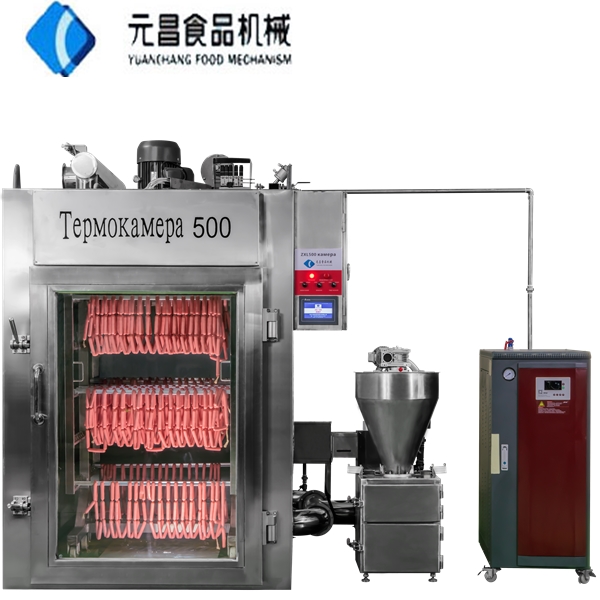
Technical Advantages and Competitive Differentiators
The technical superiority of a well-engineered smoke house machine offers distinct advantages that translate into better product quality, lower operational costs, and increased regulatory compliance. When evaluating such critical equipment, key differentiators become paramount.
Core Technical Advantages:
- Precision Process Control: Advanced PLC-HMI systems allow for multi-phase processing with granular control over temperature (±1°C), humidity (±3%), and smoke density. This minimizes variability between batches.
- Optimal Airflow Dynamics: Reversible, high-volume axial fans coupled with strategically placed air ducts ensure uniform heat and smoke distribution across all product racks. This eliminates common issues like uneven cooking or patchy smoking, a frequent flaw in less advanced `smoke house equipment`.
- Energy Efficiency: Double-wall construction with thick, high-density insulation, alongside optimized heating elements and recovery systems, significantly reduces energy consumption. This contributes to a lower total cost of ownership.
- Hygienic Design & Ease of Cleaning: Smooth, polished internal stainless steel surfaces, sloped floors for drainage, and easily removable components (e.g., racks, fan blades) facilitate quick and thorough CIP (Clean-In-Place) procedures, crucial for food safety and preventing cross-contamination.
- Durability and Longevity: Constructed from AISI 304 or 316L stainless steel, these machines are built to withstand corrosive environments, high temperatures, and constant usage, ensuring a service life of 15-20 years with proper maintenance.
- Compliance and Certification: Designed to meet or exceed international food safety standards (e.g., FDA, USDA, HACCP, CE), providing peace of mind and facilitating global market access for processed products.
Vendor Comparison: Industrial Smokehouse vs. Consumer/Entry-Level Solutions
While consumer-grade products like the mini chief electric smoker serve niche home users, their capabilities are vastly different from the robust requirements of an industrial smokehouse. This comparison highlights why industrial solutions are indispensable for professional applications.
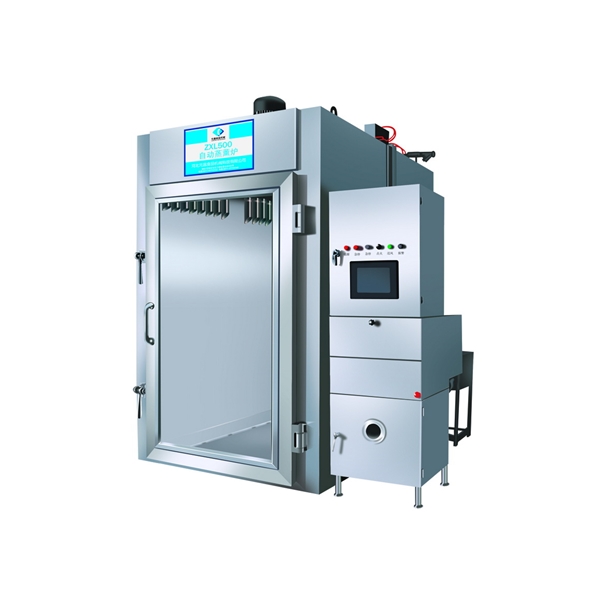
Customized Solutions and Client Engagement
Recognizing that no two food processing operations are identical, providers of industrial smoke house machine systems offer extensive customization options. This bespoke approach ensures that the equipment integrates seamlessly into existing production lines and meets specific operational demands.
Areas of Customization:
- Capacity and Configuration: From single-trolley compact units to multi-trolley systems with automated loading/unloading, customized dimensions and batch sizes.
- Heating and Smoke Generation: Selection of electric, steam, or gas heating, alongside friction, glowing chip, or liquid smoke systems, optimized for specific product types and energy availability.
- Automation Level: Integration with facility-wide SCADA systems, automated recipe management, remote diagnostics, and smart sensor integration for enhanced operational efficiency.
- Specialized Features: Additional showering systems for chilling, integrated cooking functions, advanced moisture control, or specific clean-in-place (CIP) functionalities.
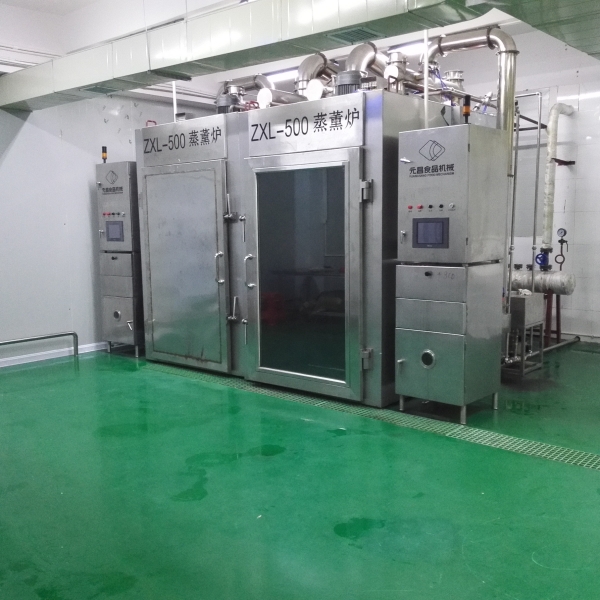
Customer Feedback and Service Excellence:
"Our partnership with YC Meat Mech for our new smokehouse equipment was exemplary. The Smoking House ZXL units were tailored to our specific product range of smoked hams and poultry, exceeding our expectations in terms of efficiency and product consistency. The after-sales support and training provided ensured a smooth transition and rapid optimization of our production cycles. Their expertise truly shines." - Operations Director, Global Meat Solutions Ltd.
Trustworthiness, Support, and Investment Protection
Investing in an industrial smoke house machine is a significant decision. Trustworthiness is built not just on product quality but also on transparent policies, robust support, and clear commitments. Manufacturers like YC Meat Mech prioritize comprehensive customer service to ensure sustained operational success.
Frequently Asked Questions (FAQ):
- Q1: What are the typical lead times for a Smoking House ZXL?
- A1: Standard configurations typically have a lead time of 8-12 weeks from order confirmation to shipment. Custom-engineered solutions may require 12-16 weeks depending on complexity.
- Q2: What kind of warranty is offered with the Smoking House ZXL?
- A2: We provide a comprehensive 12-month warranty on all mechanical and electrical components, covering parts and labor for manufacturing defects. Extended warranty options are available upon request.
- Q3: How is after-sales support handled?
- A3: Our dedicated technical support team is available via phone and email. We also offer on-site installation, commissioning, operator training, and preventative maintenance packages. Remote diagnostics are available for PLC-controlled systems.
- Q4: Are spare parts readily available?
- A4: Yes, we maintain a robust inventory of critical spare parts. Many common components are globally sourced, ensuring quick availability. A recommended spare parts list is provided with each machine for proactive maintenance.
Lead Time and Fulfillment:
Our manufacturing process is streamlined to ensure efficient production without compromising quality. Typical lead times range from 8 to 16 weeks, depending on the machine's complexity and customization. We work closely with clients to establish realistic timelines and provide regular updates on project progress, from design finalization to factory acceptance testing (FAT) and subsequent shipping logistics.
Warranty and Customer Support Commitments:
We stand behind the quality and performance of our Smoking House ZXL units with a comprehensive warranty and robust after-sales support. This commitment includes technical assistance, access to genuine spare parts, and optional service contracts for preventative maintenance, maximizing the uptime and operational lifespan of your smokehouse equipment. Our global network of certified technicians is equipped to handle installation, troubleshooting, and ongoing maintenance to keep your operations running smoothly.
Conclusion
The modern food processing landscape demands sophisticated, reliable, and efficient smoking solutions. An advanced smoke house machine like the Smoking House ZXL offers not just superior performance but also the flexibility and support necessary for sustained success. By integrating precision engineering, robust materials, and intelligent control systems, these industrial units provide the foundation for consistent, high-quality smoked products, operational efficiency, and long-term profitability. Partnering with a reputable manufacturer ensures access to cutting-edge technology, tailored solutions, and responsive after-sales support, safeguarding your investment and fostering innovation in your product lines.
Authoritative References
- Smith, J. P. (2007). Food Processing Technology: Principles and Practice (2nd ed.). Blackwell Science.
- Fellows, P. J. (2017). Food Processing Technology: Principles and Practice (4th ed.). Woodhead Publishing.
- International Organization for Standardization. (2015). ISO 9001:2015 - Quality management systems — Requirements. Retrieved from iso.org
- Food and Drug Administration. (2020). Current Good Manufacturing Practice, Hazard Analysis, and Risk-Based Preventive Controls for Human Food. Retrieved from fda.gov
- European Committee for Standardization. (2006). EN 13271:2006 Food processing machinery — Smokehouses — Safety and hygiene requirements. Retrieved from cencenelec.eu
-
Discover the Benefits of Vacuum Marinating Machines for Efficient Food ProcessingNewsNov.24,2025
-
The Ultimate Guide to Commercial Chicken Scalders: Efficiency, Sustainability & InnovationNewsNov.23,2025
-
Chicken Harvesting Equipment: Efficient & Humane Solutions for Poultry ProducersNewsNov.22,2025
-
Comprehensive Guide to Meat Processing Plant Equipment | Efficiency, Safety & SustainabilityNewsNov.21,2025
-
Meat Processing Bins: Durable Solutions for Safe & Efficient Meat Handling WorldwideNewsNov.20,2025
-
Best Commercial Marinating Machines for Meat Processing | Efficient & ScalableNewsNov.20,2025



